Beelistener’s Late Spring/Summer Garden.
I think that the key to providing good forage for garden pollinators is to plan well so that you have something useful flowering through every month of the year. What you can accommodate will depend naturally upon the size of your garden. If you can, plant trees because you are going to get more flowers per square foot. Next best are shrubs. My first gardening blog featured the scented shrub Viburnum, Viburnum tinus, which flowers from December to April here in my Nairnshire garden. The bees were pollen collecting from it at the beginning of January. If you haven’t got room for shrubs then do consider buying flowers with large panicles, or heads, such as the Verbena species. Not using any pesticides is a positive thing for pollinators, as is not buying useless hybrids from garden centres. One good way of increasing your garden plants is to share cuttings and seeds with friends and neighbours. The chances are that if a plant does well in a neighbour’s garden it will thrive in yours too.

You’re always going to find a few of these somewhere in my garden. Usually a few flourish on the lawn which is never manicured to a closely cropped crew cut style. If you want to read more about this plant download the document below.


The Boraginaceae/Borage Family.
Plants from this family supply honey bees with excellent sources of crude protein essential for tissue growth, repair and brood nutrition.


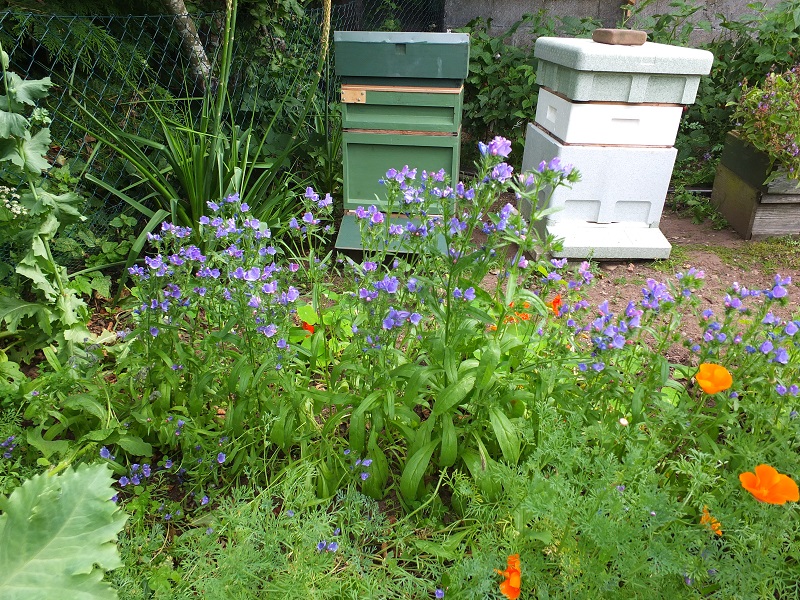

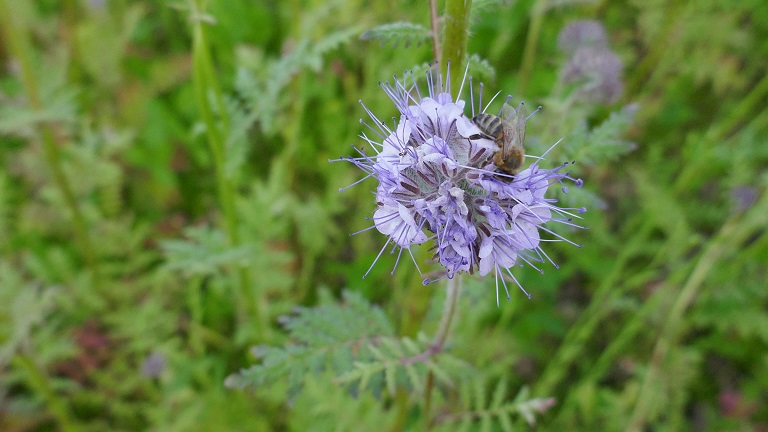

Green Alkanet Warning.
I’m fond of this plant because it flowers nearly all year round but it has long roots and can take over a garden if not held in check. I have some in containers and in rough ground where I’m not concerned if it goes bonkers. For more information download file.

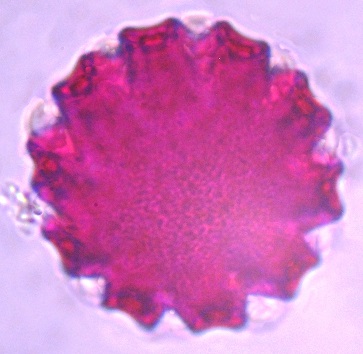
Fruit Trees.
I’ve planted apple, cherry and plum trees in my garden which is around 1/4 acre in size. There are also gooseberry, raspberry, and red and black currant bushes.


For more about apple:

Wildflower Meadows.
Unless you have land with poor soil, I advise you not to be lured into creating a wildflower meadow by the pretty packets of garden centre seeds, and the over-zealous and uninformed, but well-meaning, public. If you stop for a moment to think about where wild flowers grow they mostly flourish on nutrient-poor uncultivated soil don’t they? Most of our gardens are pampered with compost enriched soil etc, and wild flowers just don’t thrive. I tried to cultivate a wild flower area but gave up after two years.
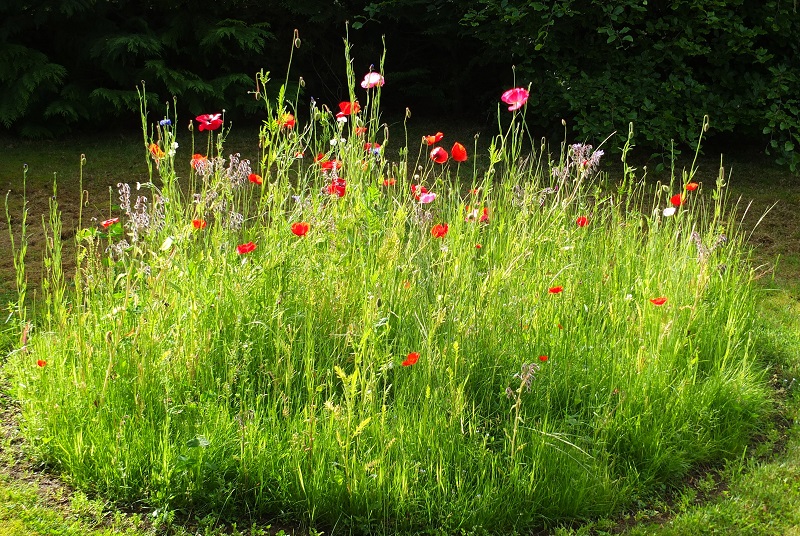
The Herbs.
Mostly all herbs are mega-popular with pollinators especially bees, and my garden is stuffed full of them. Plants from the Lamiacaeae or dead-nettle family comprise the majority of my herbs. The essential oils are attractive to bees and the flowers provide nectar and pollen. I’ve created a bed of thyme, Thymus vulgaris which heaves with honey bees and flowers for a long time (no pun intended). Marjoram, lavender, sage, lemon balm, betony and salvia make up the rest of the dead-nettle family here. Chives (Alliaceae family) have a row to themselves and I cut off the dead heads which makes them flower again at summer’s end.
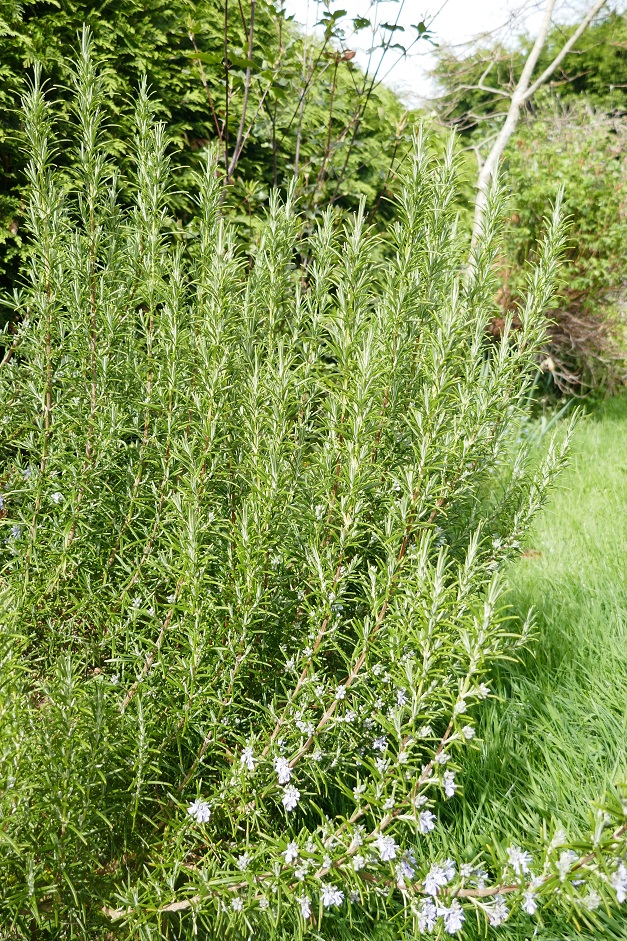



Love Them or Loathe Them!


These African plants grow prolifically by vegetative reproduction and so need to be divided up quite regularly. My neighbour gave me them in return for digging up some of hers. It’s hard work getting them out, so if you can’t face it position them where it doesn’t matter, or don’t grow them. I’ve never seen so many bees and hoverflies on mine though.
The Asteraceae or Daisy Family.
The daisy family mostly provides average levels of crude protein (measured by nitrogen content x a factor of 6.5) but they are wonderful plants for honey bees. I don’t think that a garden can have too many varieties. Having said that, I don’t have too many myself but goldenrod, Solidago spp. puts on a great show in July-August. Goldenrod is closely related to ragwort, Senecio jacobaea, which is a wonderful plant for a myriad of pollinators. However, having been brought up on a farm when it was illegal to allow the latter to grow, due to toxcity for some animals, I draw the line at cultivating ragwort. I admire it from a distance because of how many pollinators it satifies including the cinnabar moth caterpillar. If you want to read more about ragwort, download the profile.





The Fabaceae or Pea Family.
Most of these flowers provide above average to excellent crude pollen levels. You met Scorpion Vetch, Coronilla glauca, in my first blog flowering over winter and early spring. I’ve created a lupin bed for flowers of the Lupinus spp. that also give excellent crude protein levels of 28-34%, second only to Viper’s Bugloss (35%). Lupins flower at the height of summer. The only downside during this last damp summer was an infestation of aphids. However, this encouraged an army of ladybirds to advance on the garden which was a delight to observe.


Green Manure.
I use comfrey to make liquid fertiliser for pot plants because of its highly nitrogenous nutrient content. I pick the leaves and leave them in a bucket of water to decompose. The smell is evil but the plants thrive on it. Like green alkanet, comfrey is robust and invasive and so I also contain this plant in an old wooden hive body. Angus Nicol provides an alternative recipe for comfrey manure which will suit those who dislike the pungent odour that results from my method. Angus gets the largest container possible and fills it with comfrey while pressing it down in the container. After this mixture decomposes a thick dark odourless liquid is left. This liquid should be diluted to a 20-1 strength before applying to plants. Thank to Angus for that contribution.
Late Summer and Autumn.
In my final blog (part 3) coming soon, I’ll tell you about my late flowering plants and I’ll share improvement plans.

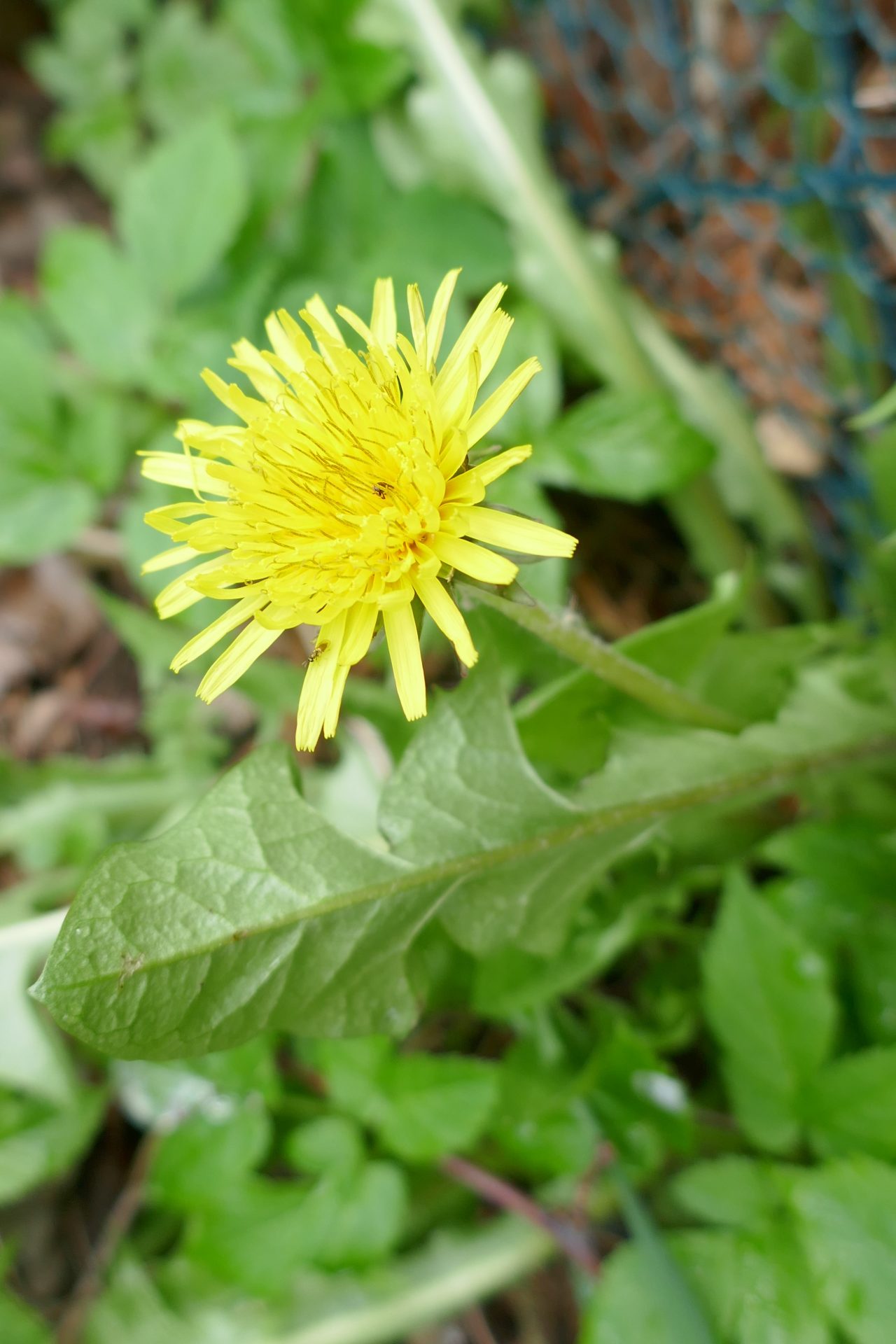
Using comfrey for compost. instead of rotting it in water which makes a potent smell as you say, press it together in as large a container as you can fill pressing it down. the thick dark juice which is present after decomposing doesn’t smell and should be diluted 20-1.
Thank you, Angus, for your useful contribution. I’ll add this to the main blog. Much appreciated.
Thank you, Ann, for providing so many suggestions, and for organizing them by the seasons. Just one question. Am I correct in thinking that most (all) of the suggested species need full sunlight to be provide the bees with a plentiful nectar and pollen?
Yes, Tom, nearly all the species I mentioned need sunlight to yield good nectar flows. Butterbur, mentioned in the first part, is the exception.It favours riparian habitats and thrives in woodland along the River Nairn. Although the canopy is leafless in early spring when it flowers, it is still fairly shady where butterbur grow. I believe that some Scandinavian beekeepers have brought butterbur into their apiaries to provide early nectar.